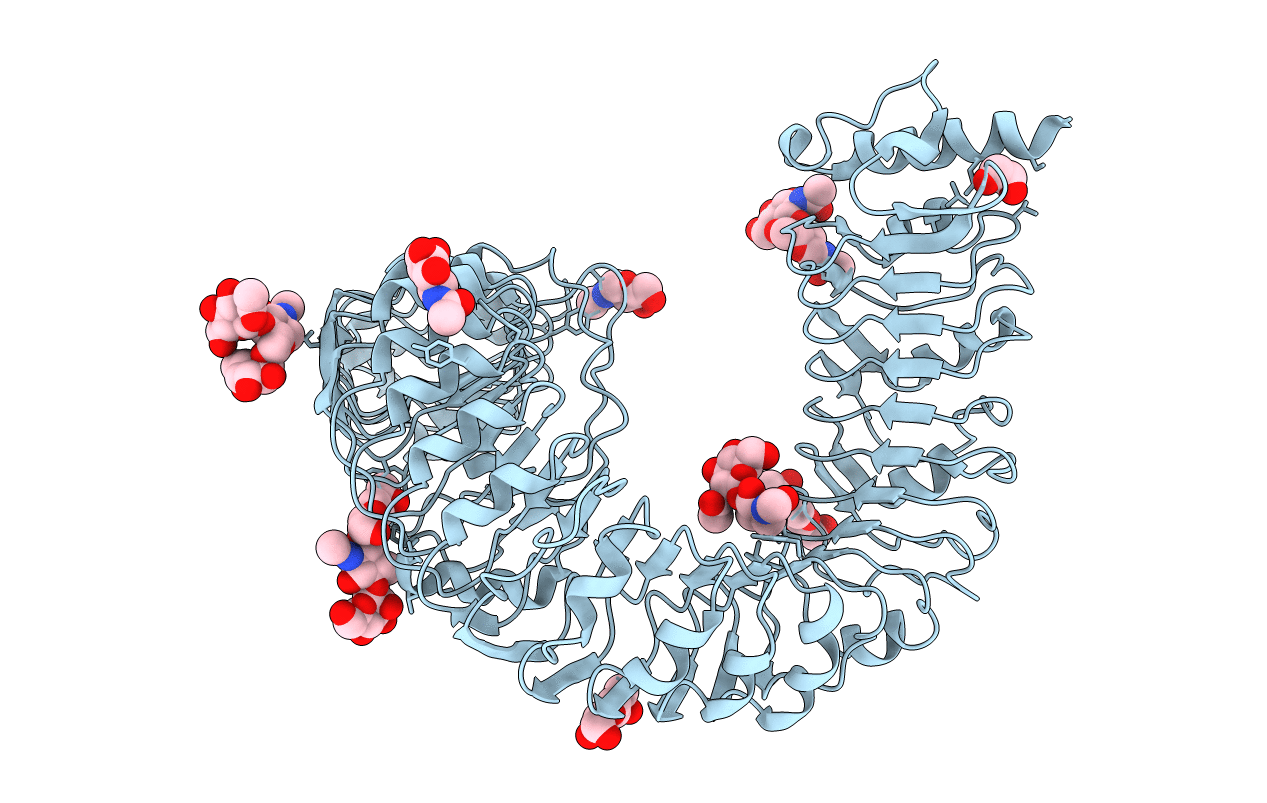
Deposition Date
2018-01-18
Release Date
2018-01-31
Last Version Date
2024-10-23
Entry Detail
PDB ID:
6FIF
Keywords:
Title:
Crystal structure of the BRI1 Gly644-Asp (bri1-6) mutant from Arabidopsis thaliana.
Biological Source:
Source Organism:
Arabidopsis thaliana (Taxon ID: 3702)
Host Organism:
Method Details:
Experimental Method:
Resolution:
2.54 Å
R-Value Free:
0.25
R-Value Work:
0.20
R-Value Observed:
0.20
Space Group:
I 1 2 1


